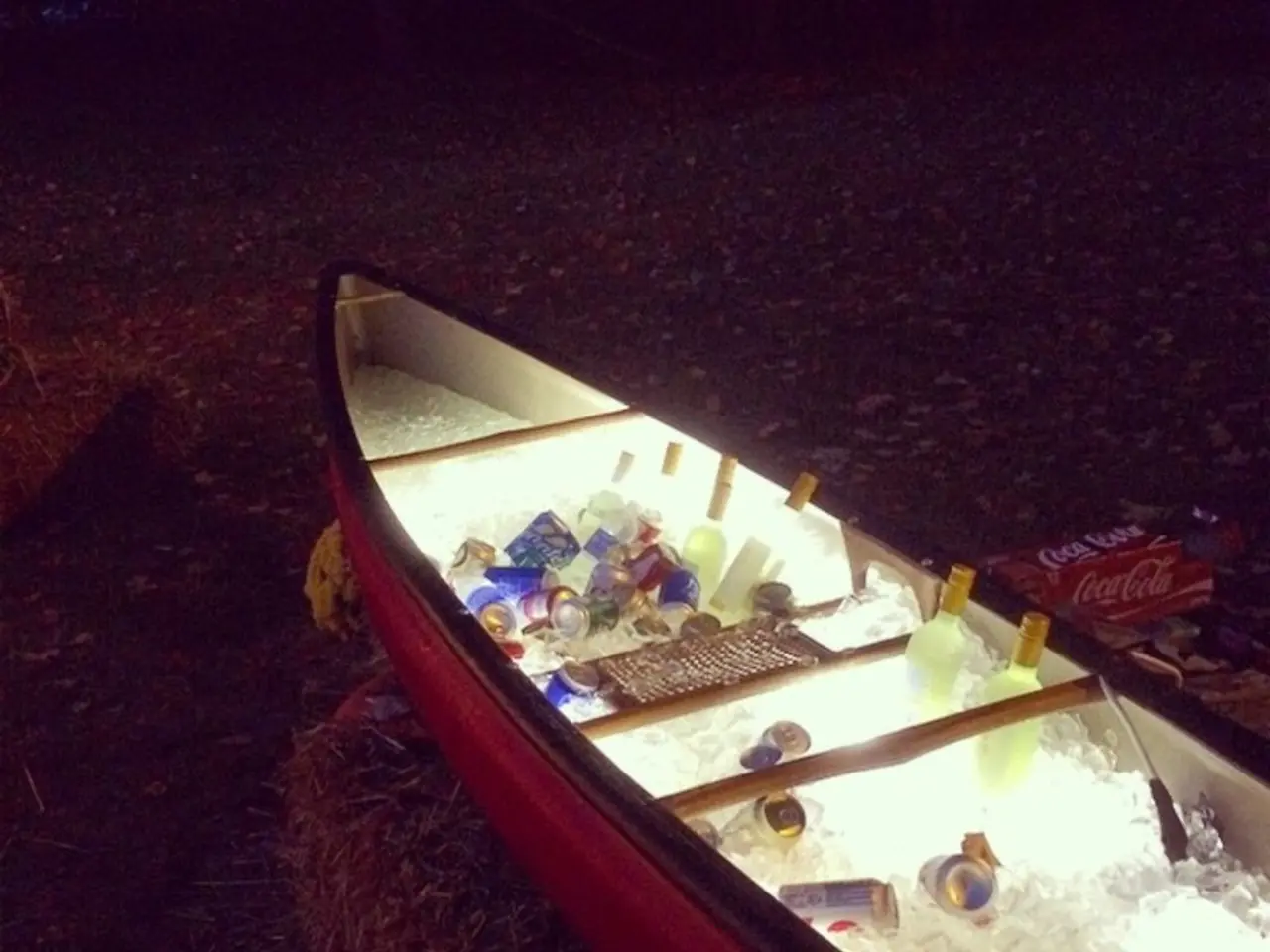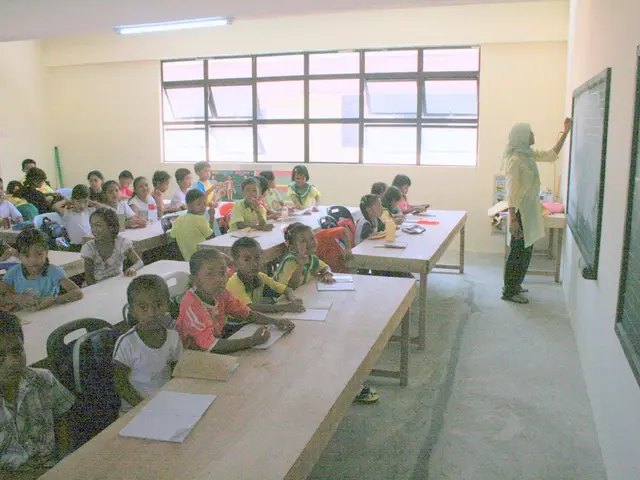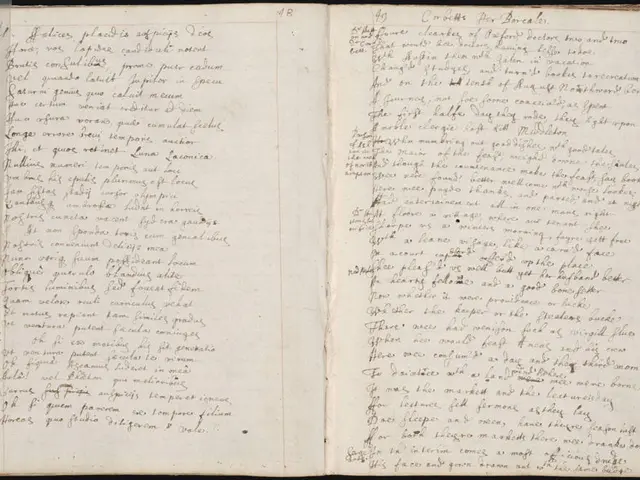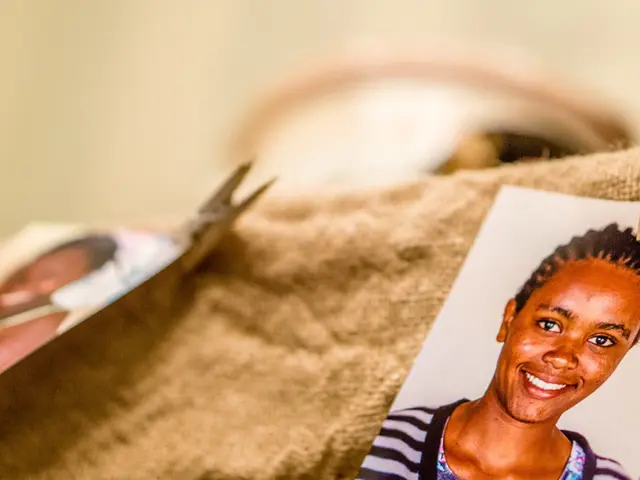STEM-focused Competition: Penny Boat Race
The Penny Boat Challenge is a captivating and educational STEM (Science, Technology, Engineering, and Mathematics) activity designed to engage children and foster their understanding of buoyancy and engineering design principles. This engaging project, suitable for students in grades 2nd-5th, is part of a series of free engineering challenges aimed at promoting hands-on learning and problem-solving skills.
## Building a Successful Tin Foil Boat
To create a successful tin foil boat, focus on the shape, size, and distribution of mass. Here are some tips to help you build an efficient and effective boat:
### Shape - Aim for a symmetrical and stable shape. Rectangular or square boats with a flat bottom provide stability and help distribute the weight evenly. Curving the edges can help prevent water from entering and reduce stress points.
### Size - The boat should be large enough to hold pennies but small enough to be manageable. A larger boat can hold more pennies but may be more prone to sinking if not designed correctly. Ensure the sides are tall enough to hold a significant number of pennies without overflowing.
### Distribution of Mass - Distribute the pennies evenly across the boat to maintain stability. Loading the pennies in the center can reduce the likelihood of the boat tipping over.
### Additional Tips - Seal the edges of your boat using additional layers of foil or tape to ensure it is watertight. Add reinforcement at the bottom or sides to increase its structural integrity and buoyancy. - Test your boat with a small number of pennies and gradually add more to identify any weaknesses and make necessary adjustments.
## Encouraging Trial and Error, Creativity, and Critical Thinking
The Penny Boat Challenge encourages students to experiment, think critically, and creatively. By manipulating the shape, size, and distribution of mass in their boats, students can learn about buoyant forces and develop valuable problem-solving skills.
To further enhance the learning experience, the resource provides a real-world STEM challenge lesson, crossword and word search with engineering vocabulary, and engineering vocabulary cards. Additionally, it offers a series of free printables, instructions, data collection sheets, and questions for reflection to introduce STEM effectively to kids or students.
So, gather your tin foil, pennies, and get ready to dive into the exciting world of STEM with the Penny Boat Challenge!
- Science and art can collaborate to make learning fun, as demonstrated by the Penny Boat Challenge, a STEM activity that involves kids in exploring buoyancy and engineering design principles.
- Engaging in the Penny Boat Challenge, which is suitable for children in grades 2nd-5th, boosts their understanding of key STEM concepts like buoyant forces and problem-solving skills.
- Building a successful tin foil boat requires careful planning of the shape, size, and distribution of mass for stability and buoyancy.
- Encourage kids to explore various shapes for their boats, such as rectangular or square with a flat bottom, for enhanced stability and even weight distribution.
- To create a manageable boat for testing, strike a balance between size and mass, ensuring the boat is large enough to hold pennies but not so large that it becomes unmanageable or sinks due to miscalculations in design.
- To maintain the boat's stability, distribute the pennies evenly across its surface, and try loading them in the center to reduce the risk of tipping over.
- For added security and fortification, seal the boat's edges with additional layers of foil or tape and reinforce crucial areas like the bottom and sides to increase its buoyancy and structural integrity.
- To encourage critical thinking and problem-solving, test the boat with only a few pennies initially, then gradually increase the number to identify weaknesses and make adjustments accordingly.
- To further fuel kids' enthusiasm for STEM, the Penny Boat Challenge comes with supplementary resources like real-world challenge lesson plans, printables, and vocabulary cards for education and self-development, fitness and exercise, health and wellness, and personal growth.




